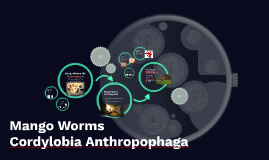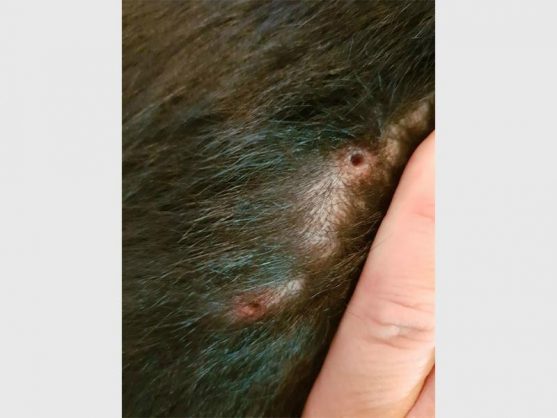

The adults emerge from an exit hole and feed on the bark of twigs and growing tips. At a later larval stage they also bore deeper into the wood and pupate there. Larvae feed under the bark of main stems, larger branches or exposed roots. Alternatively eggs are laid in roots that are exposed by soil erosion. The female beetle cuts in the bark of damaged or stressed trees and lays its eggs in these areas. The beetles are 25-55 mm long with body long antennae and nocturnal. The damage is caused by the larval and adult stage of Batocera rufomaculata. Wilting of branches or the entire tree in case of young plants or if there are many grubs in a single trees. Frass comes out from several point and at times sap oozes out of the holes. They feed on the vascular tissues and as a result in interruption of nutrient and water transport on the tissue. Grub bore into the sapwood and make irregular tunnels. Grub tunnels in the sapwood on the trunk or branches. The adults chew on the green growing tips and on the barks of twigs. Most damage is caused by the larvae that initially bore into the sub-cortex of the tree and later move deeper into the tree. Foliage and fruit production will also be affected by the infestation and can lead to yield losses.

Exit holes in tree bark are indicators for infestation. Ejected frass can be found in bark cracks or at the base of the tree.

Branches or even the entire tree may appear wilted. Under severe infestation the wood becomes so weak that branches may break or the main stem collapses. The bark of twigs is gnawed and growing tips are chewed.


 0 kommentar(er)
0 kommentar(er)
